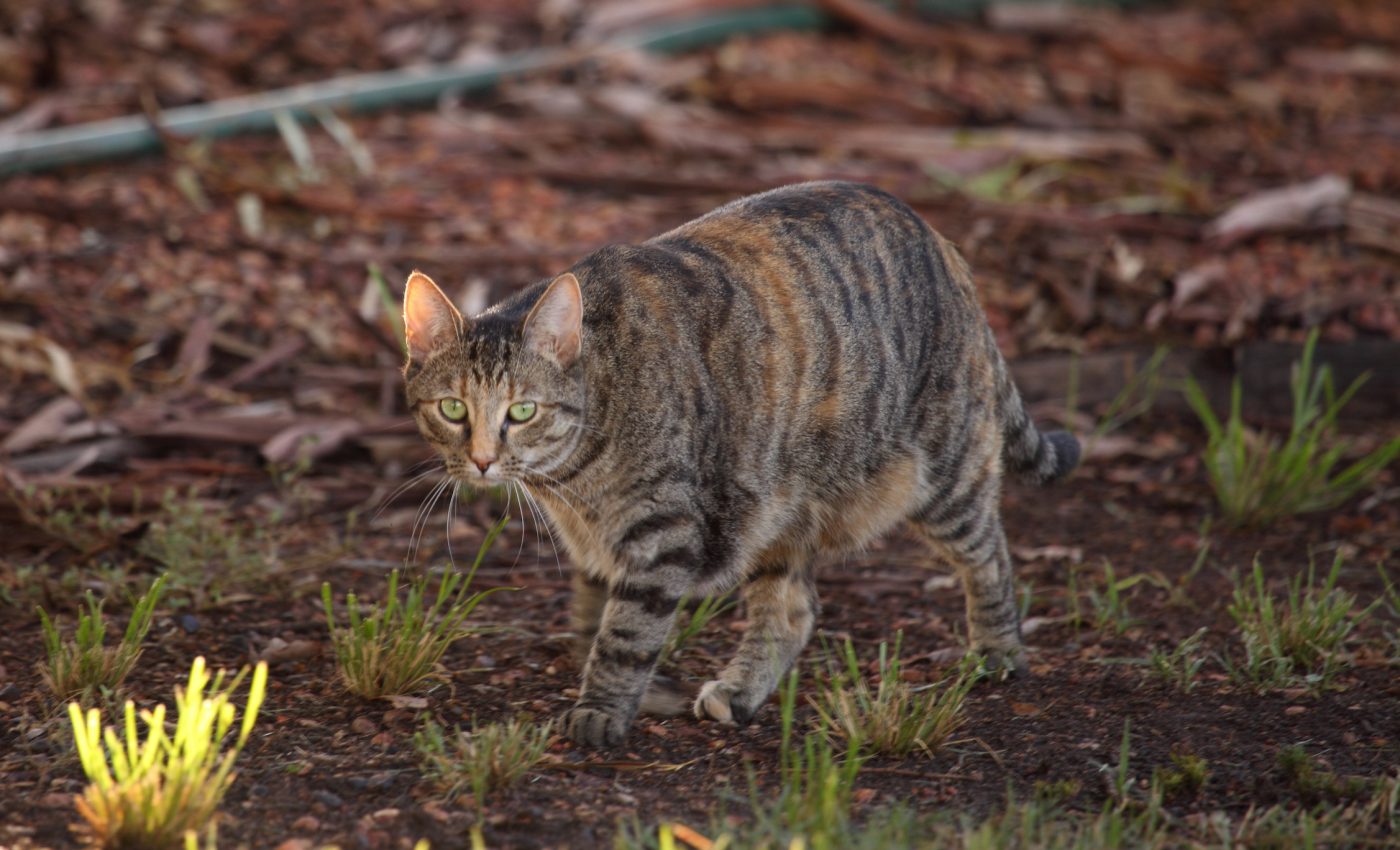
Why Australia plans to cull millions of feral cats
In 2015, the Australian government announced an ambitious plan of eradicating two million feral cats by 2020. The plan has stirred up quite a bit of controversy among animal activists and even conservation experts who say that the target goals are based on “shaky” science at best.
First brought to Australia in the 17th century, feral cats have spread and now span nearly 99.8 percent of the country. One 2017 study found that there was around one cat for every four square kilometers and the overall population of feral cats in Australia fluctuates between 2 and 6 million.
Feral cats are wild and because they are highly adaptive predators, they can devastate bird and mammal populations in countries like New Zealand and Australia where the cats are not native.
The cats have been known to hunt and eat birds, reptiles, marsupials, rodents, and even frogs and the extinction of 27 species in Australia has been linked to feral cats.
It’s estimated that more than 1 million birds and 1.7 million reptiles are killed by feral cats each day, a spokesperson for Australia’s Department of the Environment and Energy told CNN.
Australia’s main goal in culling its feral cat populations is conservation, and the hope is that it will help protect and conserve Australia’s native bird and reptile species.
The plan has since come under fire since it was first announced in 2015, catching the ire of several celebrities and conservation experts who agree that feral cats are a problem but that Australia’s government has not invested in enough scientific research to back its plan.
“Targets for the removal of pest animals should consider how they will affect an animal’s current and future population size,” researcher Tim Doherty and a team of colleagues wrote in a recent piece for The Conversation. “But because a scientific justification for the 2 million target was never provided, it is unclear whether or how the revised estimate would alter the target.”
Doherty argues that if the ultimate goal is conservation then targets should focus on recovering native species and reducing feral cat populations in areas where certain species are at risk.
—
By Kay Vandette, Earth.com Staff Writer












